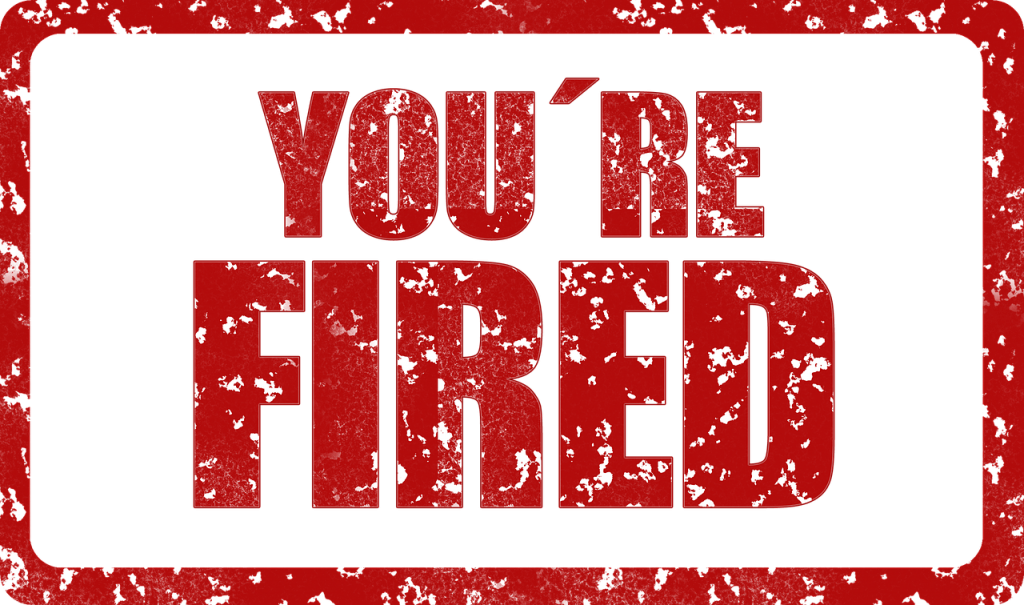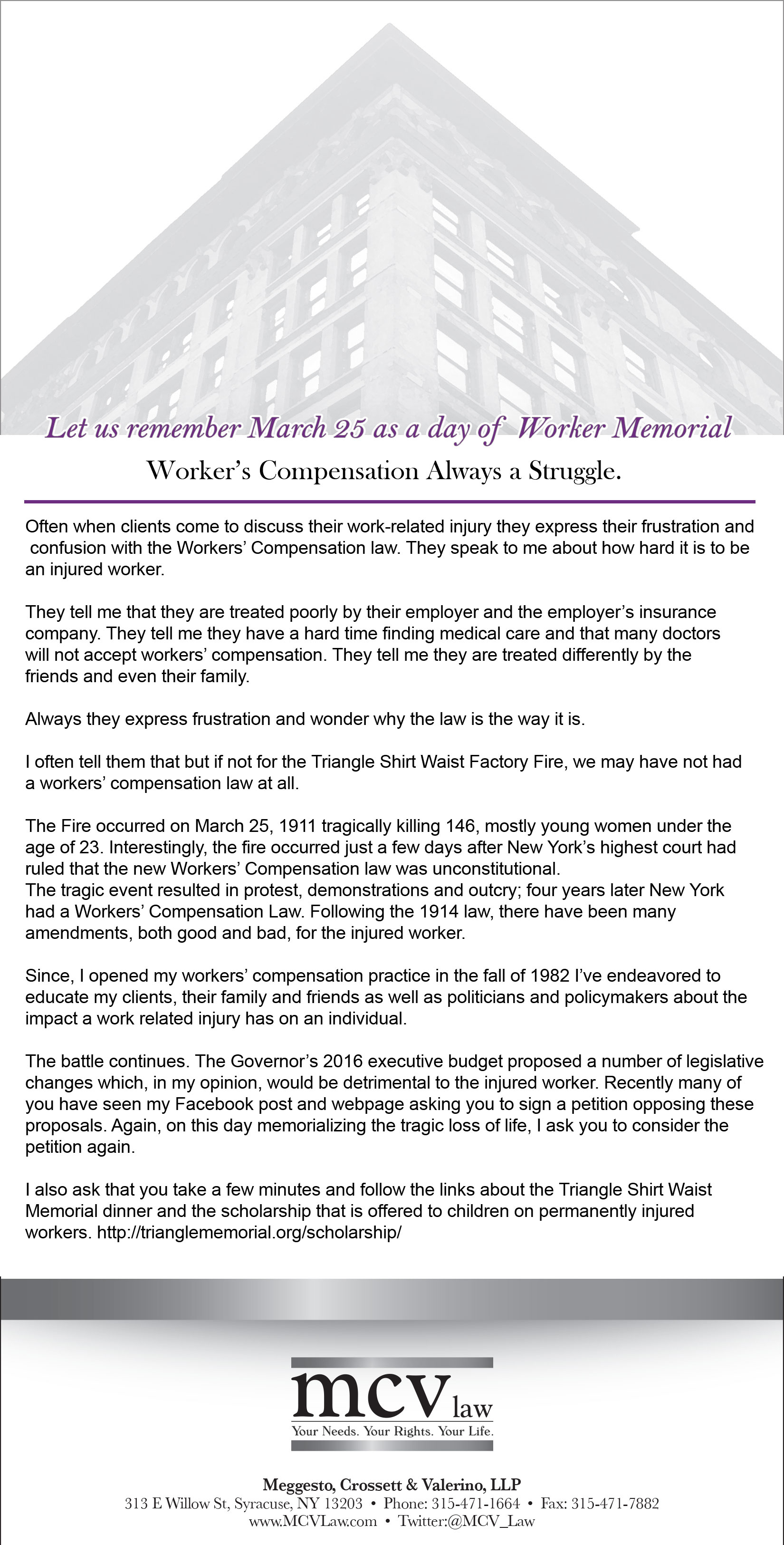
NY Workers’ Compensation law now includes a new process for opioid pain medications. Opioid pain medications include pills such as hydrocodone, methadone, morphine and oxycodone, among others.
The NY Workers’ Compensation law now has a new process for hearings to help determine if an injured worker should continue opioid usage or if the injured worker should be weaned from opioid medication.
New York Workers Compensation Law’s New Hearing Process On Opioid Meds
Insurers can request a hearing specifically to determine if an injured worker should be weaned from opioids. Form RFA-2 is a workers’ compensation form that can be filed by the insurance company or employer of someone who is receiving workers’ compensation benefits. When filing Form RFA-2, an insurance company or an employer now has the option check a box for “Opioid Weaning under Non-Acute Pain Guidelines.”
When the “Opioid Weaning under Non-Acute Pain Guidelines” box is checked, the insurance company or employer filing the form must provide details about the goals and recommendations for the change in an injured workers’ pain medication routine.
What Do Injured Workers Have to Do About This New NY Workers’ Compensation Law?
When Form RFA-2 is filed with the box for “Opioid Weaning under Non-Acute Pain Guidelines” checked off, the injured worker’s doctor who has been prescribing opioid pain medications then submits a medical report.
This responding medical report must include:
- A review of the injured worker’s use of opioid medications
- A list of the injured worker’s current medications
- A review that determines whether an injured worker’s opioid medication complies with the new NY Workers’ Compensation law related to opioid medication.
Once an injured worker’s doctor has provided a responding medical report, a hearing takes place to determine if changing an injured worker’s pain medications is necessary.
What Can Happen From a Hearing About an Injured Worker’s Opioid Medications
There are three possible outcomes from a hearing about an injured worker’s opioid medications. These include:
- There isn’t enough evidence for continuing opioid medication. Weaning the injured worker off opioid medications will then begin.
- There isn’t enough evidence for continuing opioid medication. Weaning the injured worker off opioid medications will then begin. The injured worker will also enter an addiction treatment program.
- The opioid medication has been shown to be effective and there will not be changes to the injured worker’s opioid medications.
Insurance will cover the cost of the new plan to wean the injured worker off opioid medications. Insurance also must cover addiction treatment program costs if addiction treatment is ruled as necessary for the injured worker.
Why Is There a Change in the New York State Workers Compensation Law?
While many injured workers need some form of pain medication, opioid pain medications have fueled the opioid public health crisis in New York State. Opioid pain medications are highly addicting. Opioid-related emergency department visits increased 73% from 2010 to 2014, according to 2015 NY State Department of Health report. This has also contributed to a 268% increase in heroin related deaths in New York in 2013 compared to 2009, the same report finds.
Because opioid pain medications are highly susceptible to abuse and chemical dependence, New York State Workers Compensation law has changed to help prevent injured workers from these opioid related health problems.
Get Help from Our Experienced NY Workers’ Compensation Lawyers
Dealing with potential changes to your medication routine can be confusing and frustrating. For over 30 years, MCV Law’s workers’ compensation lawyers have helped protect the rights of injured workers.
Our experienced lawyers near Syracuse, NY and Watertown, NY can help make the workers’ compensation process easy, empowering you to have more control over your life and workers’ comp. benefits.
If you or a loved one are on workers’ compensation and need dedicated and knowledgeable legal representation, contact us today.






